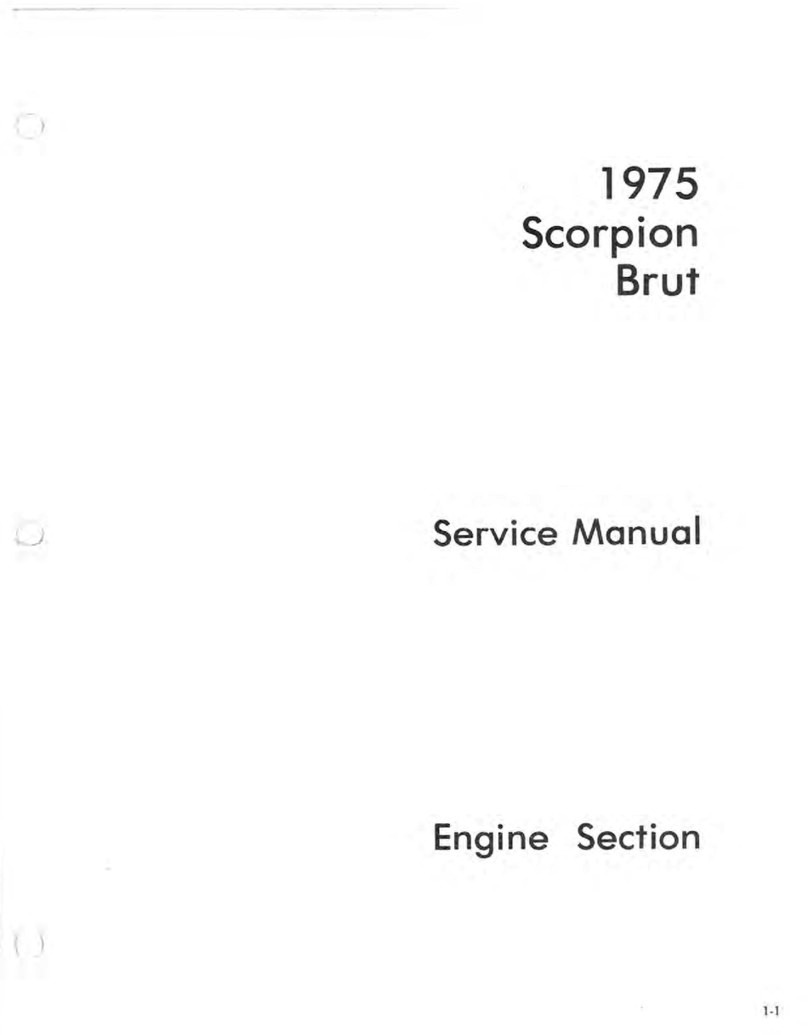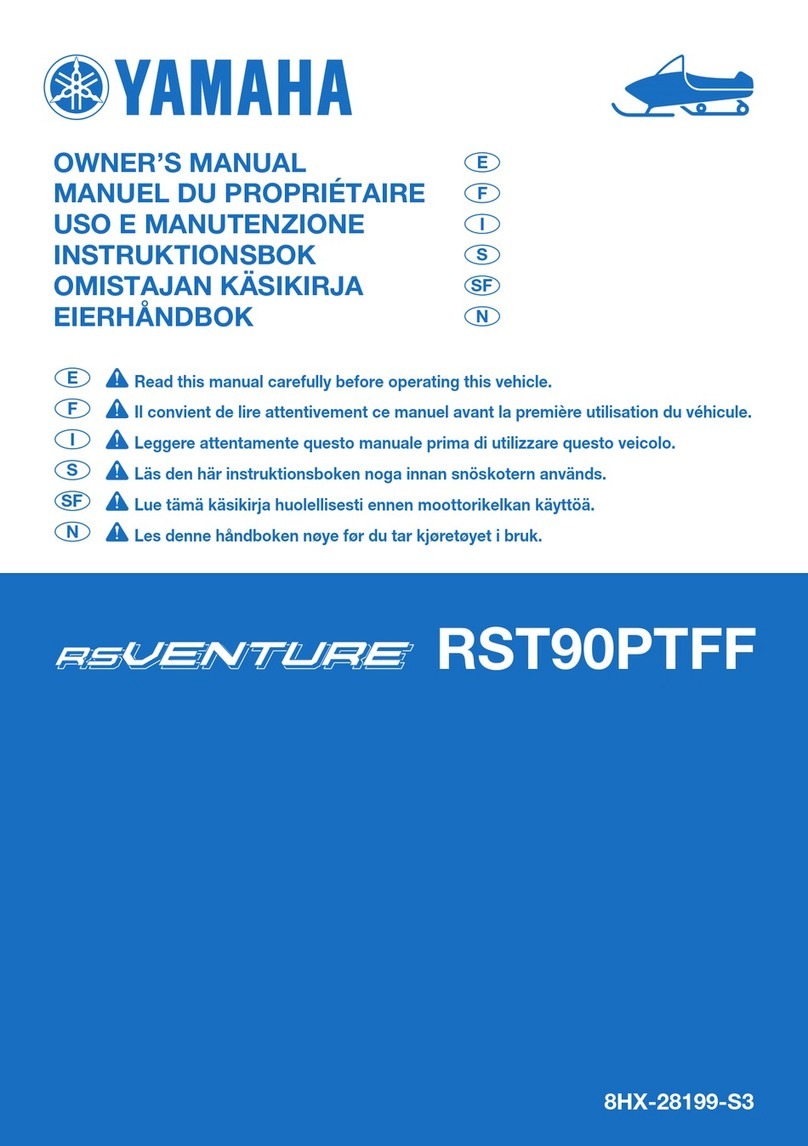SCORPION 1975 LIL' WHIP User manual
Other SCORPION Snowmobile manuals
Popular Snowmobile manuals by other brands

Arctic Cat
Arctic Cat 2010 Crossfire 600 Operator's manual
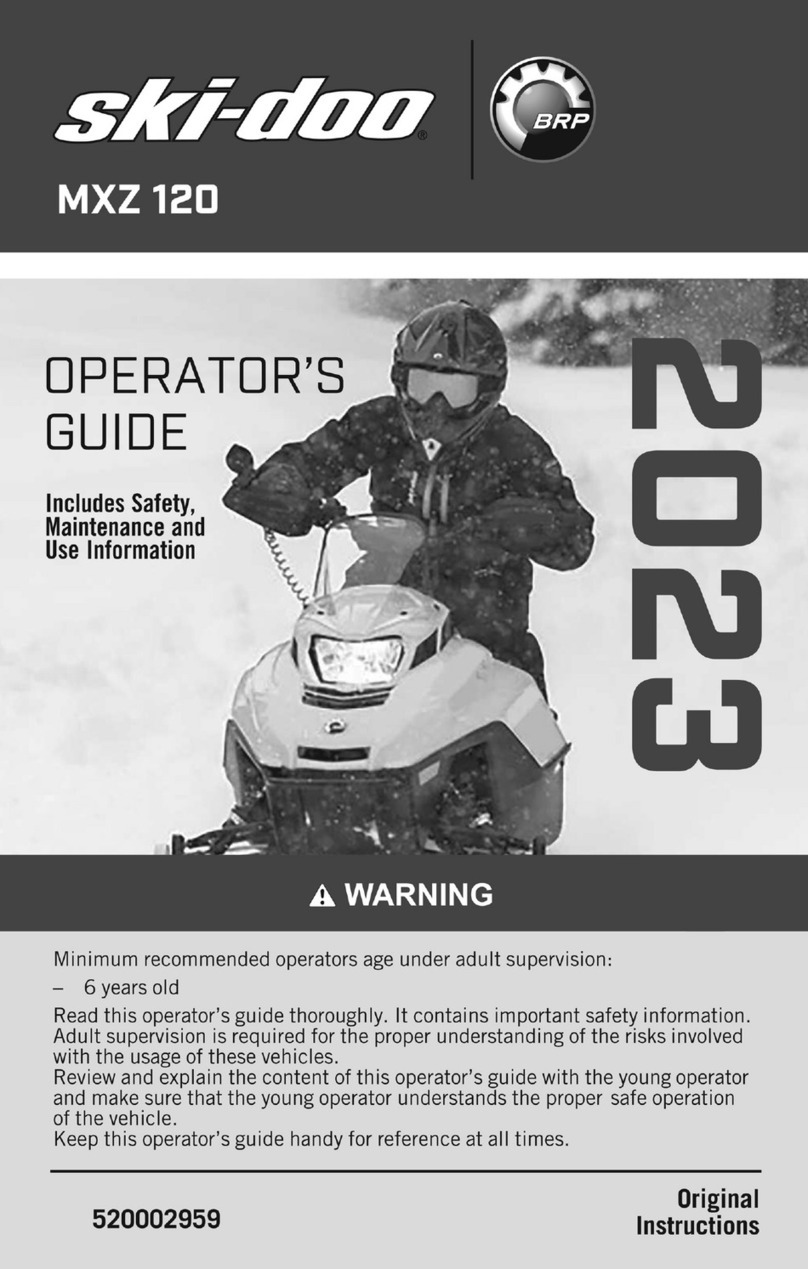
BRP
BRP Ski-Doo MXZ 120 2023 Operator's manual

Arctic Cat
Arctic Cat ZR 900 Series 2006 Operator's manual
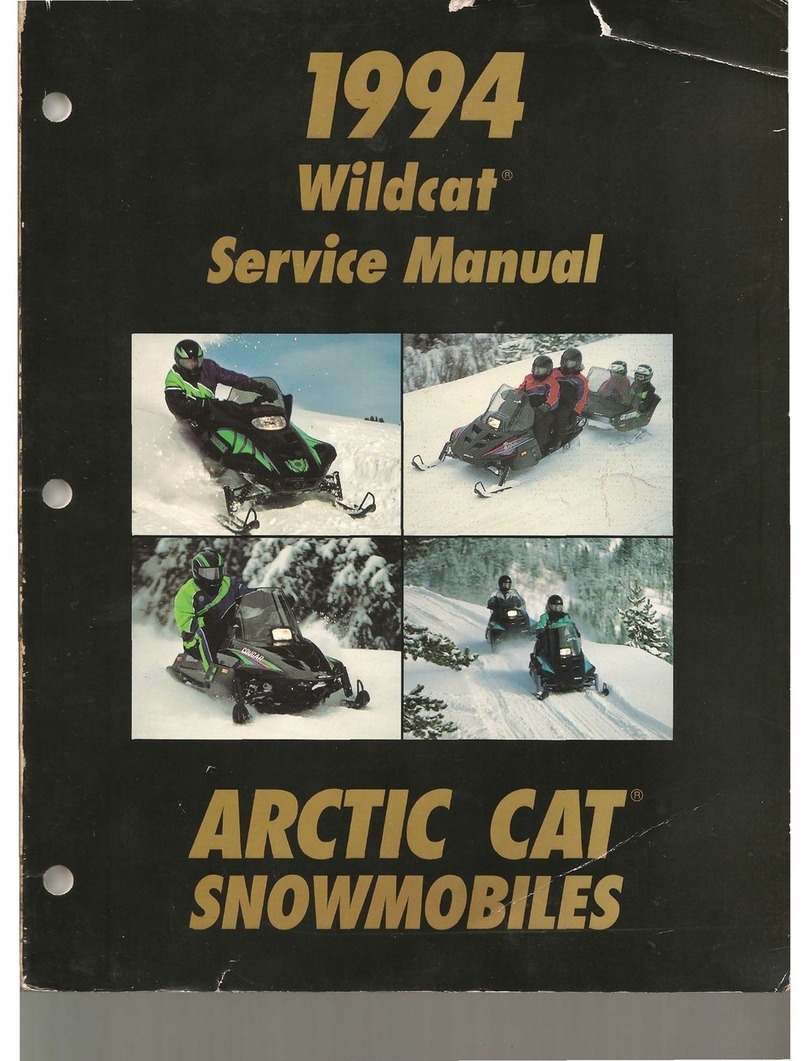
Arctic Cat
Arctic Cat Wildcat EFI Mountain Cat 1994 Service manual

BOMBARDIER
BOMBARDIER Ski-Doo Alpine 74 1959 owner's manual

Arctic Cat
Arctic Cat Cougar Service manual
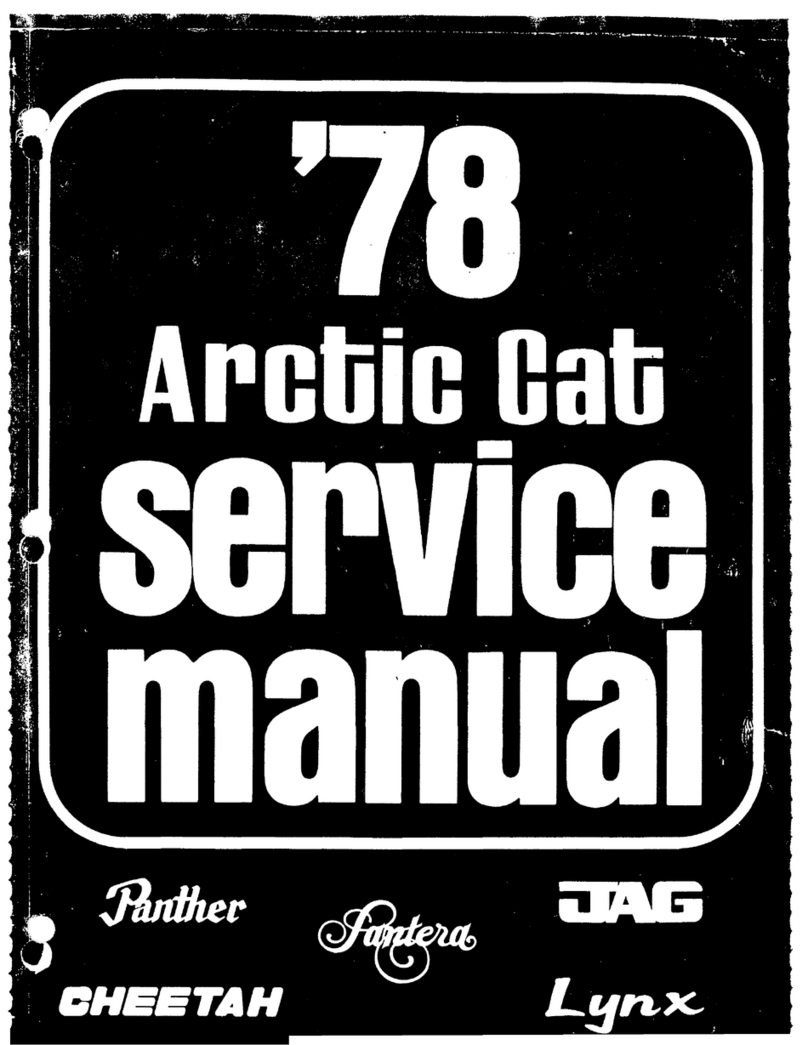
Arctic Cat
Arctic Cat Pantera 1978 Service manual

Arctic Cat
Arctic Cat XF 2-STROKE Service manual

Yamaha
Yamaha VK540EF Service manual
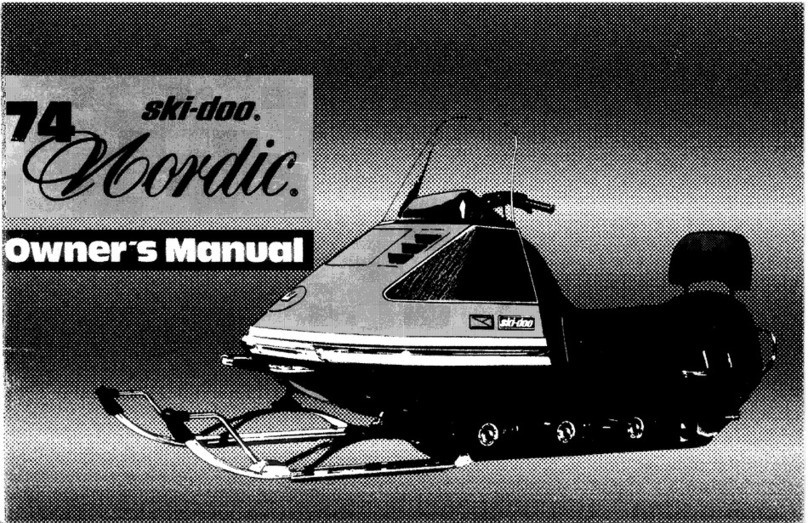
BOMBARDIER
BOMBARDIER ski-doo Nordic 640ER 1974 owner's manual

Ski-Doo
Ski-Doo SKANDIC EXPEDITION 600 H.O. SDI 2005 Operator's guide
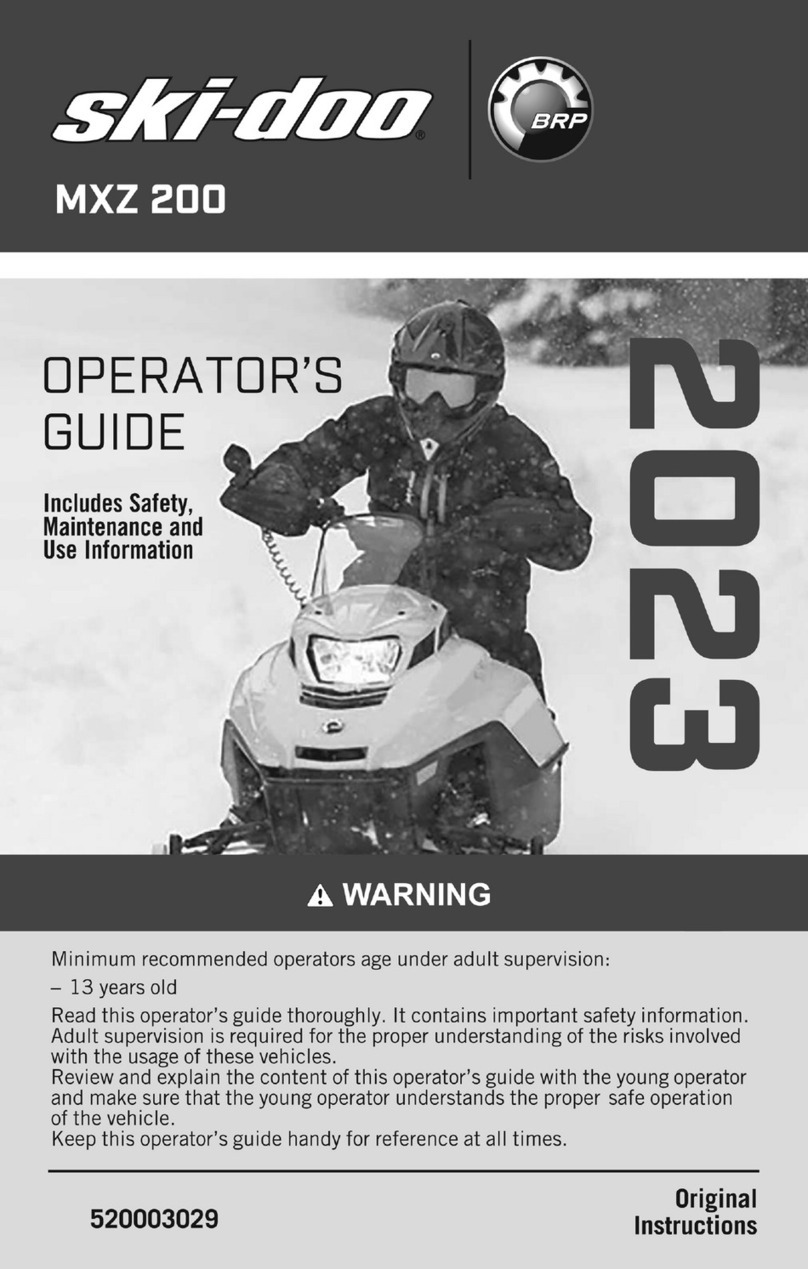
BRP
BRP ski-doo MXZ 200 2023 Operator's guide
